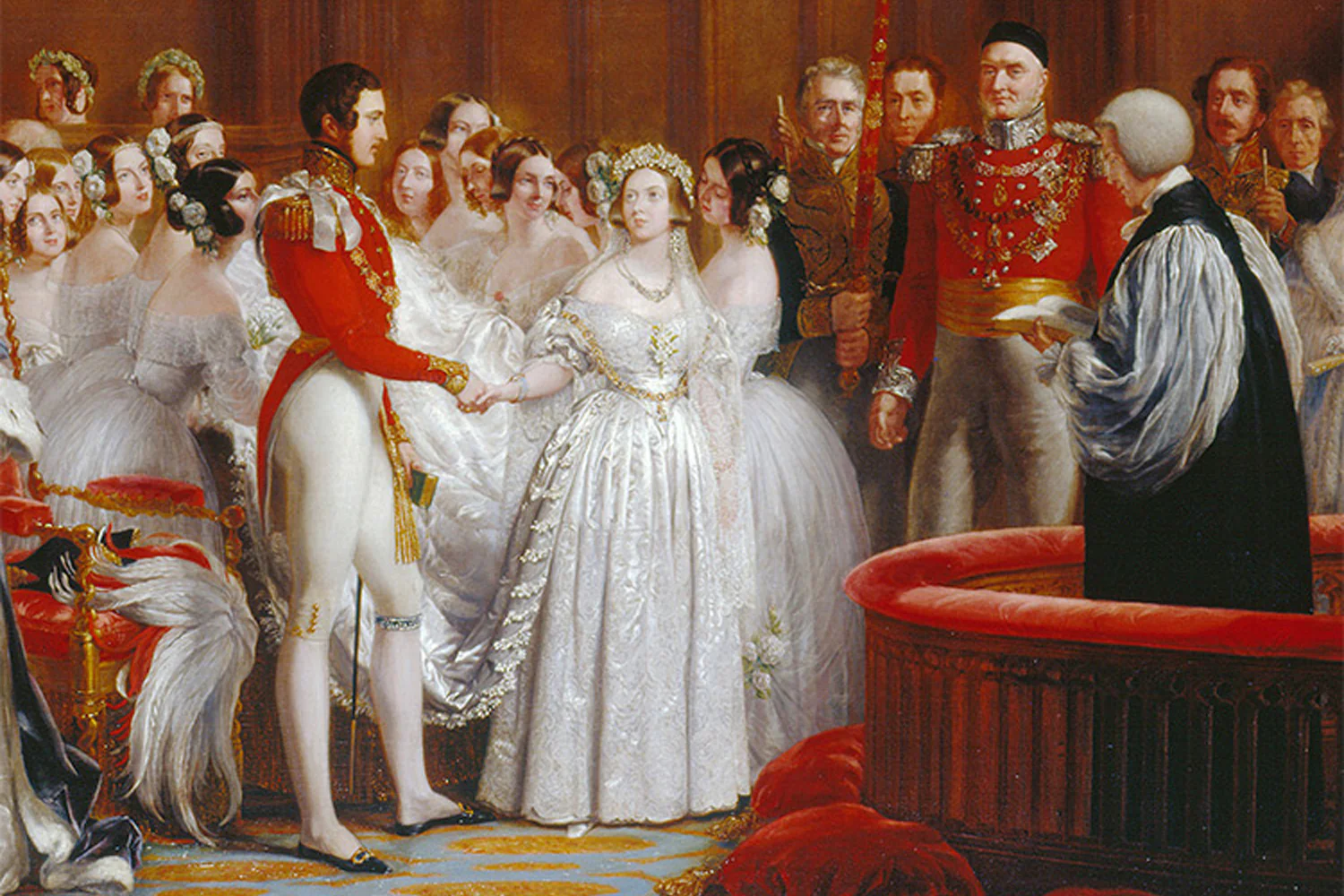King William IV died on June 20, 1837, at the age of 71, at Windsor Castle.His cause of death is generally attributed to congestive heart failure, though some sources also mention cirrhosis of the liver and pneumonia.
That morning William Howley, Archbishop of Canterbury, and Francis Conyngham, rode to Kensington Palace to announce that William IV had died and Victoria was the queen. On Tuesday, June 20, 1837, the Archbishop of Canterbury (William Howley) and the Lord Chamberlain (the Marquis of Conyngham) delivered the news of King William IV's death to Princess Victoria at Kensington Palace. They arrived at 6 am and informed her that her uncle, the King, had died and that she was now Queen. The Lord Chamberlain, Lord Conyngham, knelt and kissed Victoria's hand while delivering the announcement.
Melbourne, who was the Prime Minister, visited the new queen that very morning. Henry William Lamb, 2nd Viscount Melbourne (15 March 1779 – 24 November 1848) was a British Whig politician who served as the Home Secretary and twice as the Prime Minister of the United Kingdom. Over the next four years, Melbourne trained Victoria in the art of politics, and the two became friends.
Queen Victoria's coronation tookplace on 28 June 1838. She was 19 years old at the time and was crowned by the Archbishop of Canterbury. The ceremony, which lasted five hours, was attended by a large crowd, including many of the nobility.
There is an episode that harmed Victoria's reputation. It concerned one of her mother's ladies-in-waiting, Flora Hastings. Sometime in 1839, Lady Flora began to experience pain and swelling in her lower abdomen. Dr Clark assumed the abdominal growth was pregnancy. Some of her enemies spread the rumour that she was "with child", On 2 February, the queen wrote in her journal that she suspected Conroy to be the father. The accusations were proven false when Lady Flora finally consented to a physical examination by the royal doctors, who confirmed that she was not pregnant. She did, however, have an advanced cancerous liver tumour. Queen Victoria visited the now emaciated and clearly dying Lady Flora on 27 June. Lady Flora died in London on 5 July 1839, aged 33.
In October 1839 Victoria was determined to marry, and when Albert and his brother visited England again, she as queen proposed to him. Albert and Victoria felt mutual affection and the Queen proposed to him on 15 October 1839, just five days after he had arrived at Windsor.
The wedding took place on 10 Feburuary 1840. Queen Victoria married Prince Albert of Saxe-Coburg and Gotha on February 10, 1840, in the Chapel Royal of St. James's Palace in London. Victoria wore a white wedding dress made of Spitalfields satin and lace, which was an unusual choice for the time, as most brides wore colored gowns. The wedding ceremony marked the beginning of the white wedding dress tradition, which has been popular ever since.








No comments:
Post a Comment